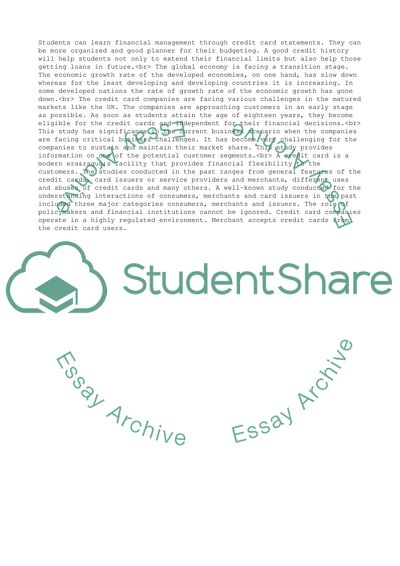Cite this document
(Credit Card Industry and University Students: A Convenient Consumer Research Paper, n.d.)
Credit Card Industry and University Students: A Convenient Consumer Research Paper. Retrieved from https://studentshare.org/business/1720001-ib-business-research-project
Credit Card Industry and University Students: A Convenient Consumer Research Paper. Retrieved from https://studentshare.org/business/1720001-ib-business-research-project
(Credit Card Industry and University Students: A Convenient Consumer Research Paper)
Credit Card Industry and University Students: A Convenient Consumer Research Paper. https://studentshare.org/business/1720001-ib-business-research-project.
Credit Card Industry and University Students: A Convenient Consumer Research Paper. https://studentshare.org/business/1720001-ib-business-research-project.
“Credit Card Industry and University Students: A Convenient Consumer Research Paper”, n.d. https://studentshare.org/business/1720001-ib-business-research-project.


